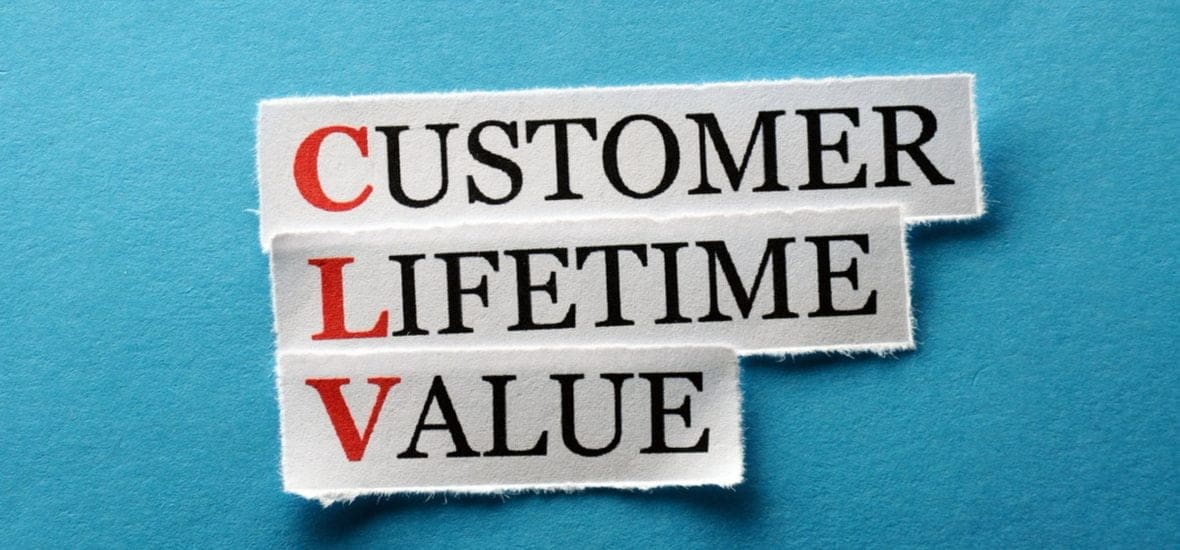
Customer Lifetime Value Guide
Loyal customers can become lifetime customers, and this type of customer can add a lot of reliable value to your business. It is possible to calculate what such customers are worth to you, and this worth is probably more than you think. It is important to recognise customers that can be classified in this way so that you can be proactive in fostering your bond with them and consider marketing decisions that make the most of this relationship.
What is CLV?
CLV – customer lifetime value – is a way to gauge how much profit you can attribute to the relationship you have with a customer. As it is a model, it can range from a relatively simple calculation to one that takes in a number of variables. CLV can most simply be defined as the present total of the cash sums that will be generated in the future over the customer’s entire relationship with your business. A very simple way to calculate CLV is to multiply the average values of sales by the number of repeated purchases by the length of time in months or years you expect to retain a customer.
Understanding your customers
CLV is a way of dividing customers into different segments. The customers likely to make 10 purchases a year are generally more valuable than those who only make one; therefore, devoting more resources to the people who generate the largest revenues can be the basis of a solid strategy to boost profits. Additionally, this approach can shift looking at revenues in the short term, such as quarterly, to a more long-term view. By identifying the most profitable segment of your customer base, you can think about what these customers have in common and what marketing techniques will make the most impact on them.
Marketing insights
According to some experts, CLV is an incredibly important indicator for maximising understanding of your customer base. Using data such as the value and frequency of purchases, the CLV will help you to make decisions on how much it is worth spending to acquire new customers, tailoring offers to profitable customers, the type of customer your sales team should be targeting, and how much it is worth investing in the care and retention of customers. It may be that some customers who are very demanding but buy very little are costing more than they are worth.
Campaign budgets
Once you know the CLV of a customer, you can figure out how much it makes sense to spend on the customer during a marketing campaign. If you need to generate cash flow in the short term, this should be less than the profit realised on the first sale. An alternative strategy that is more long term is to spend more and even make a loss on the first sale, with the plan of further and larger sales along the line that will more than recoup this outlay. In this case, you will need cash reserves to tide you over; however, being able to project expected revenues will make planning a lot easier.